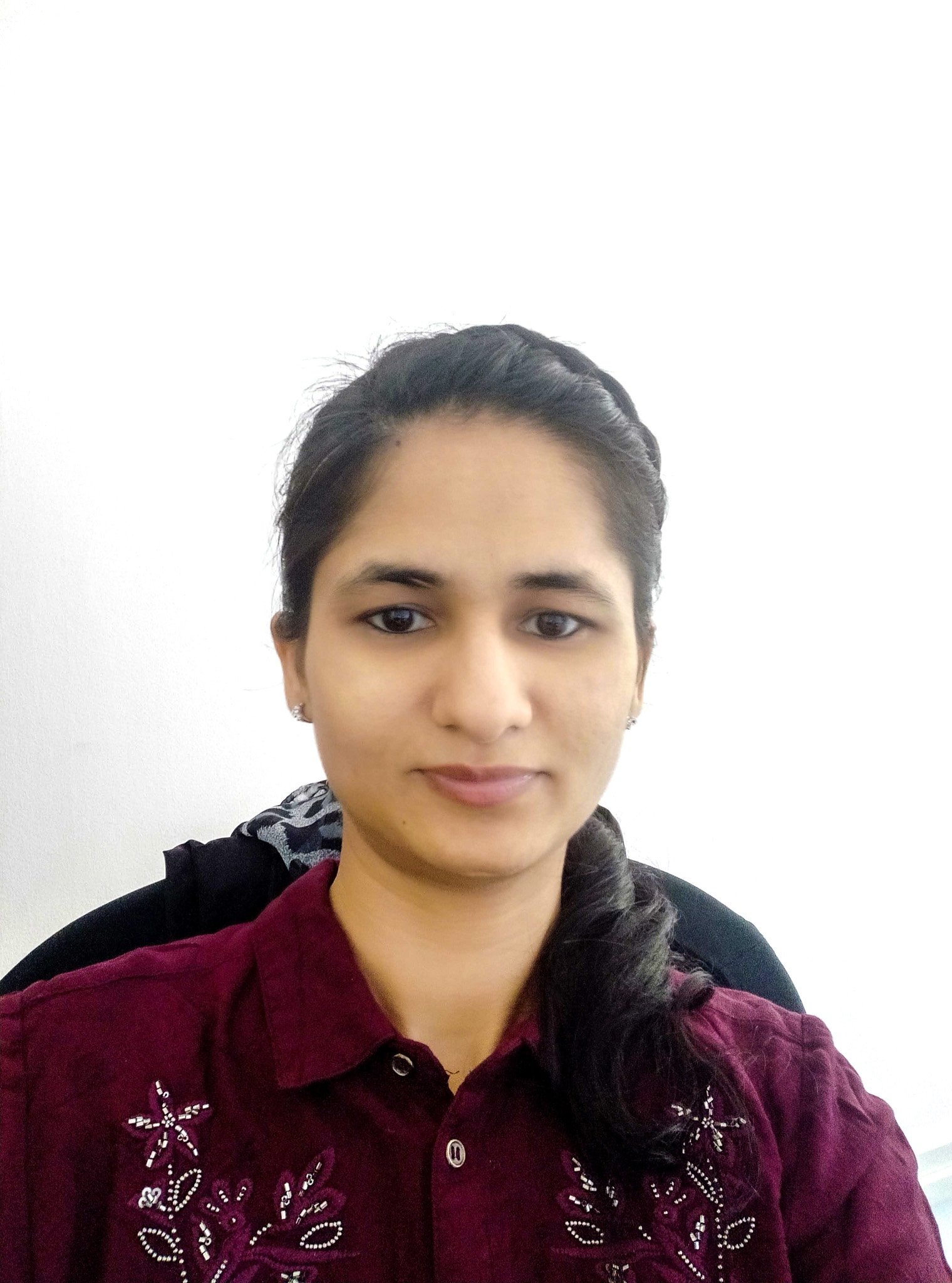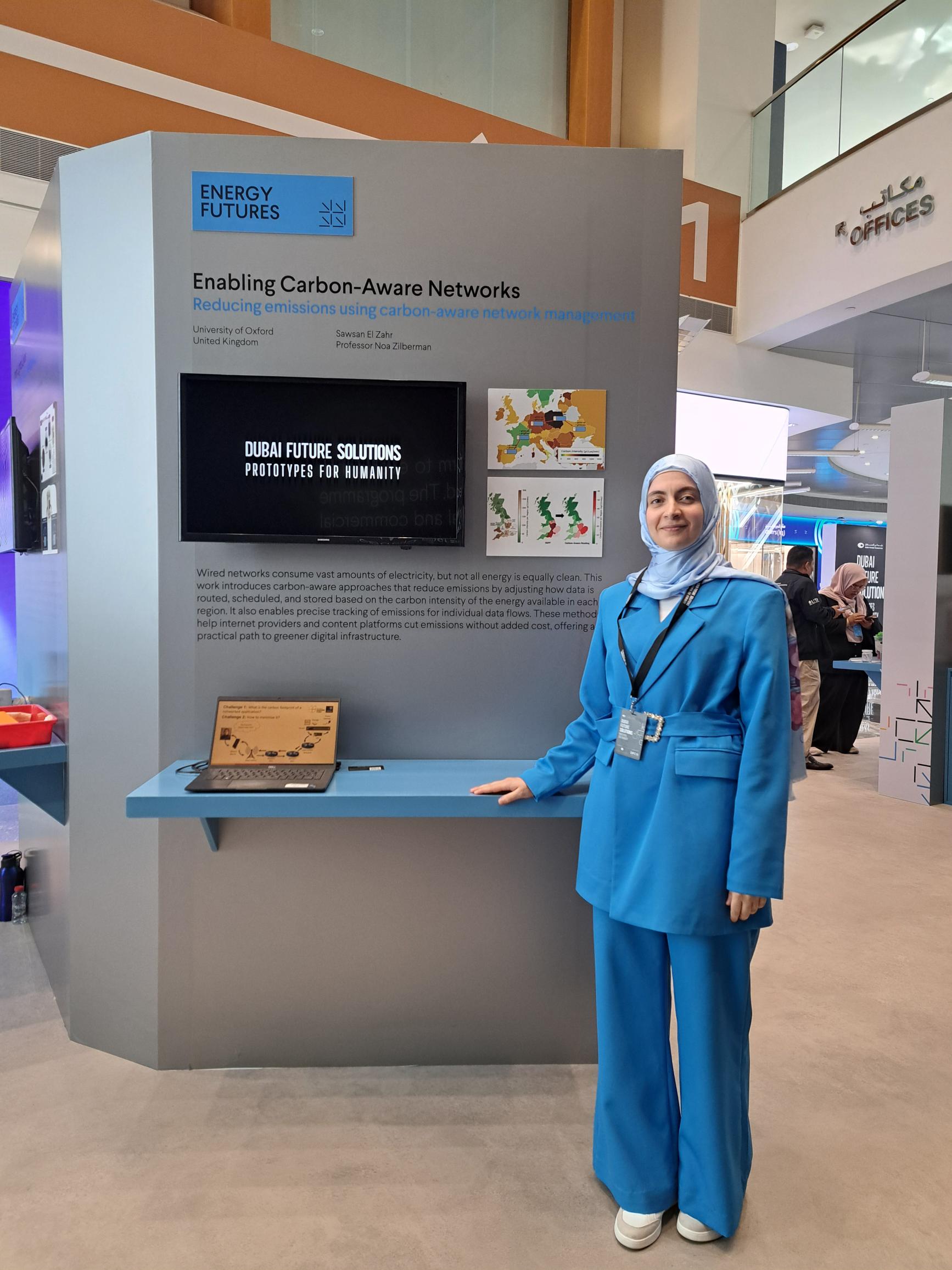Voices from the Lab | Meet Dr Jaspreet Kaur
7 Aug, 2025

Dr Jaspreet Kaur is a postdoctoral researcher at UCL and the University of Glasgow, specialising in wireless systems, Open RAN, and Reconfigurable Intelligent Surfaces (RIS). Her work focuses on real-time RIS control via xApps and 5G testbeds. Dr Kaur has presented at leading conferences and collaborates internationally to drive forward 6G innovation.
What specific challenge is your research trying to solve, and why does it matter now?
In my research, I am working to improve how wireless communication systems operate, particularly for demanding real-time applications like robotics. We need wireless systems that aren’t just fast but also highly reliable, low-latency, energy-efficient, and flexible, especially when used in critical scenarios like remote teleoperation in hazardous environments. My work focuses on combining open-source Open RAN (O-RAN) architectures with emerging technologies like Reconfigurable Intelligent Surfaces (RIS) to enhance wireless network performance. In one of my recent projects, we are developing a prototype that integrates O-RAN technology to control robotic arms with haptic feedback, and we are exploring how RIS can further improve signal quality, coverage, and latency. These technologies are important now because they offer more open, scalable, and cost-effective alternatives to traditional telecom infrastructure, which is essential as global demand for advanced wireless services continues to grow, not just for consumers but also, for industries such as healthcare, manufacturing, and disaster response.
How does your project contribute to the overall goals of CHEDDAR (or your hub)?
Through my work, I contribute to CHEDDAR by developing and testing real-world solutions that advance the capabilities of wireless testbeds. A significant portion of my work involves hardware experimentation using Software-Defined Radio (SDR) platforms, such as USRPs, and integrating Open RAN and Radio Inverse Scattering (RIS) into experimental setups. This helps us validate new wireless technologies beyond theory, aligning with CHEDDAR’s mission of conducting practical and flexible wireless research. I also try to contribute beyond the technical side. Being involved in outreach activities through IEEE Women in Engineering has allowed me to support diversity and inclusion, helping to encourage more students, especially women, to consider careers in wireless engineering and research.
Can you walk us through a recent breakthrough or discovery and what it means for your field?
In my recent work, I integrated Reconfigurable Intelligent Surface (RIS) hardware into an Open RAN-based testbed. Instead of using RIC-based control, my team and I developed a MATLAB-based greedy algorithm that dynamically adjusts the phase shifts of the RIS to steer the beam towards the user equipment (UE), even when it’s partially in non-line-of-sight conditions. This approach allowed us to experimentally demonstrate how RIS can improve signal coverage and quality in challenging propagation environments. What excites me is that this goes beyond simulations. We were able to validate the concept on actual hardware, combining both RIS control and Open RAN elements. This kind of practical implementation helps us better understand the real-world potential of RIS for future wireless networks.
What’s something the public might misunderstand about your area of research?
I think many people assume that wireless research is solely about increasing internet speeds. While that’s part of it, there’s a lot more involved, such as improving energy efficiency, managing interference, optimising limited spectrum, and making networks more robust to accommodate different user needs and environments. A significant part of my work involves balancing these aspects while also considering how new technologies, such as AI and RIS, can help us build more innovative and more sustainable networks.
How do you measure impact or success in your work?
For me, success comes in many forms. It’s incredibly rewarding when a system I’ve worked on actually, functions on hardware, not just in simulations. Recently, some of this work has led to two papers being submitted: one is currently under review at Nature and another at IEEE, which reflects both the theoretical and experimental aspects of my research. One of the highlights of this year were seeing part of our work showcased at MWC 2025 in Barcelona, which provided a truly exciting opportunity to present our work to a global audience. But beyond research outputs, I find a lot of meaning in teaching and mentoring. I really enjoy supporting students, especially women and underrepresented groups in STEM via Paper Airplanes and seeing them grow in confidence. As part of this, I’ve also been actively involved with IEEE Women in Engineering (WIE) as a member of the Expanding the Affinity Group Working Group, where I contribute to outreach and community-building activities that promote diversity and inclusion in engineering. That’s a part of my work I feel very proud of. I hope that through my research and outreach, I can help inspire more young researchers to explore this exciting field and contribute to building the wireless networks of the future.




